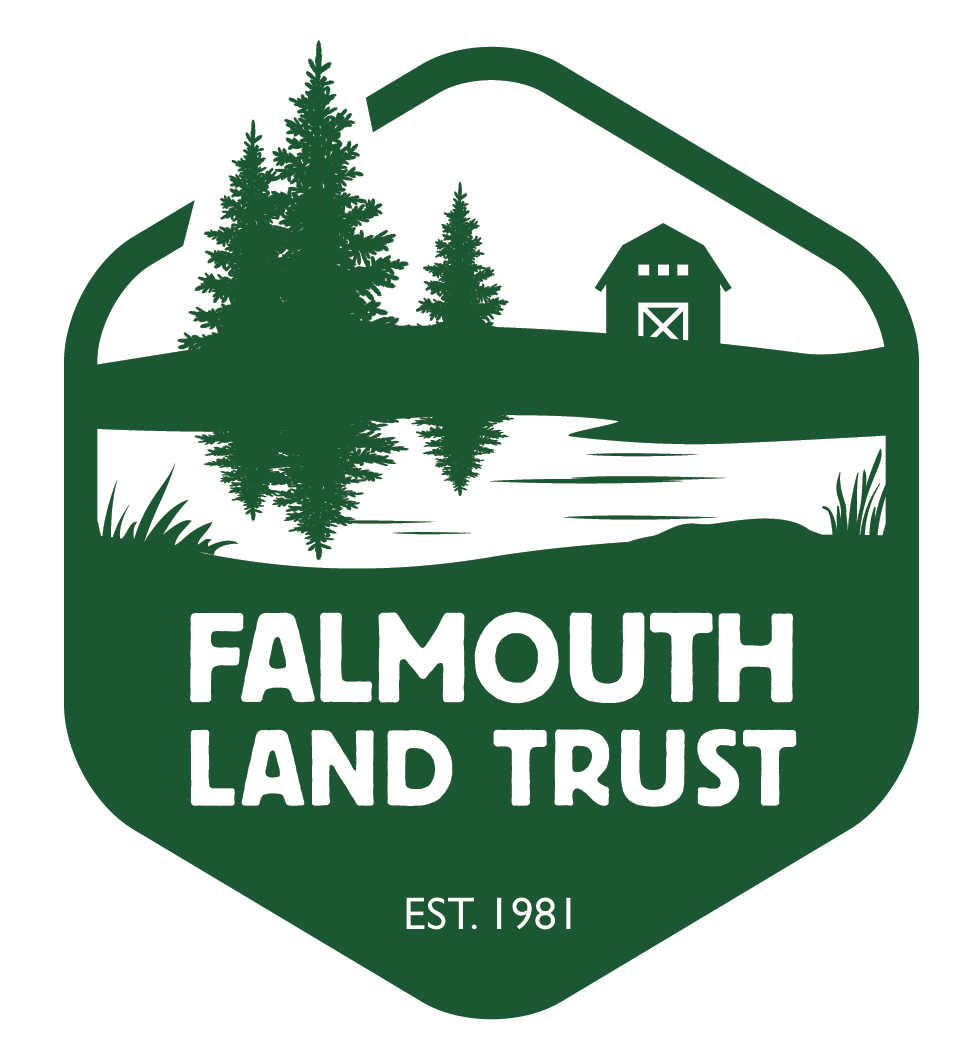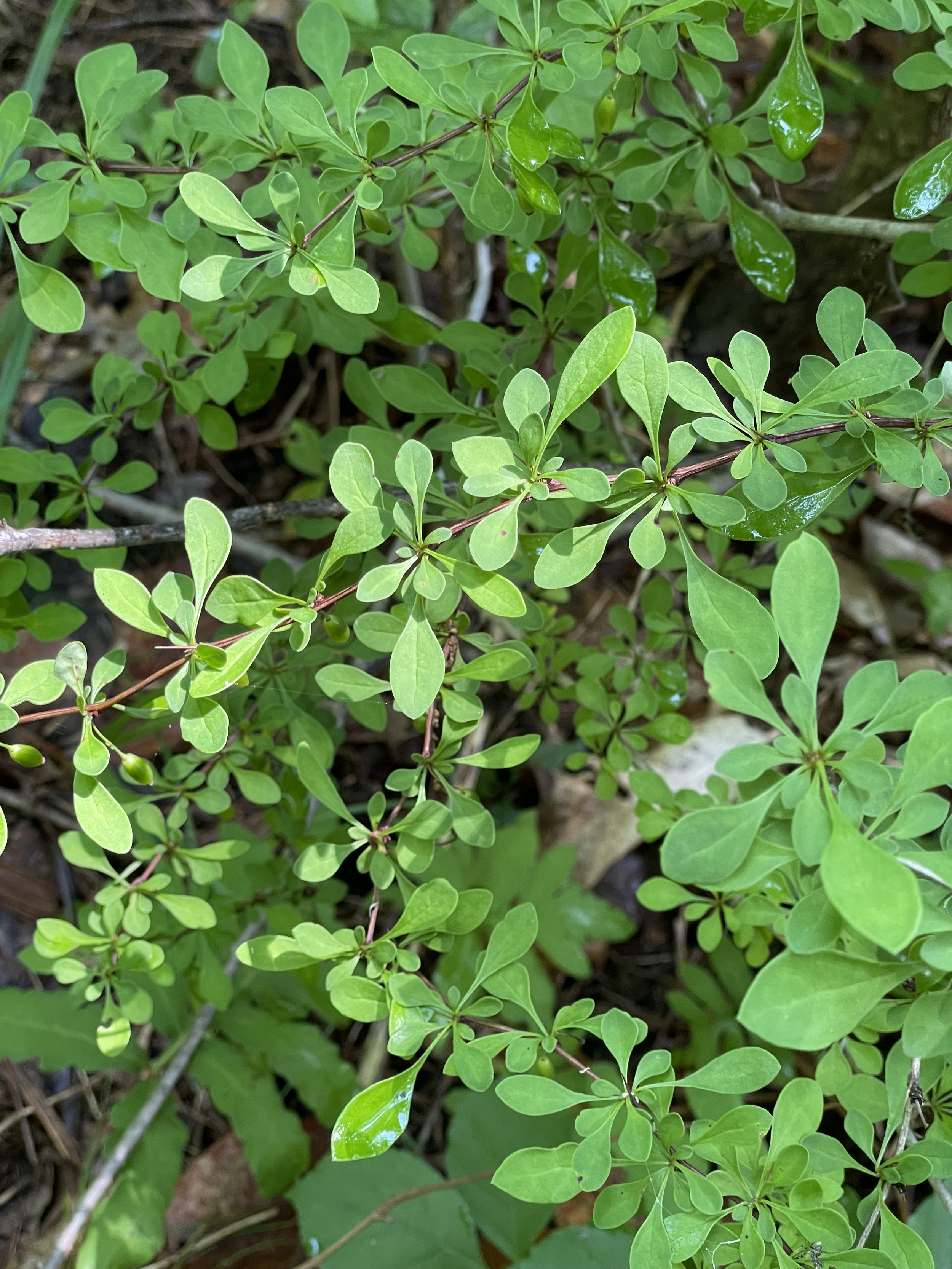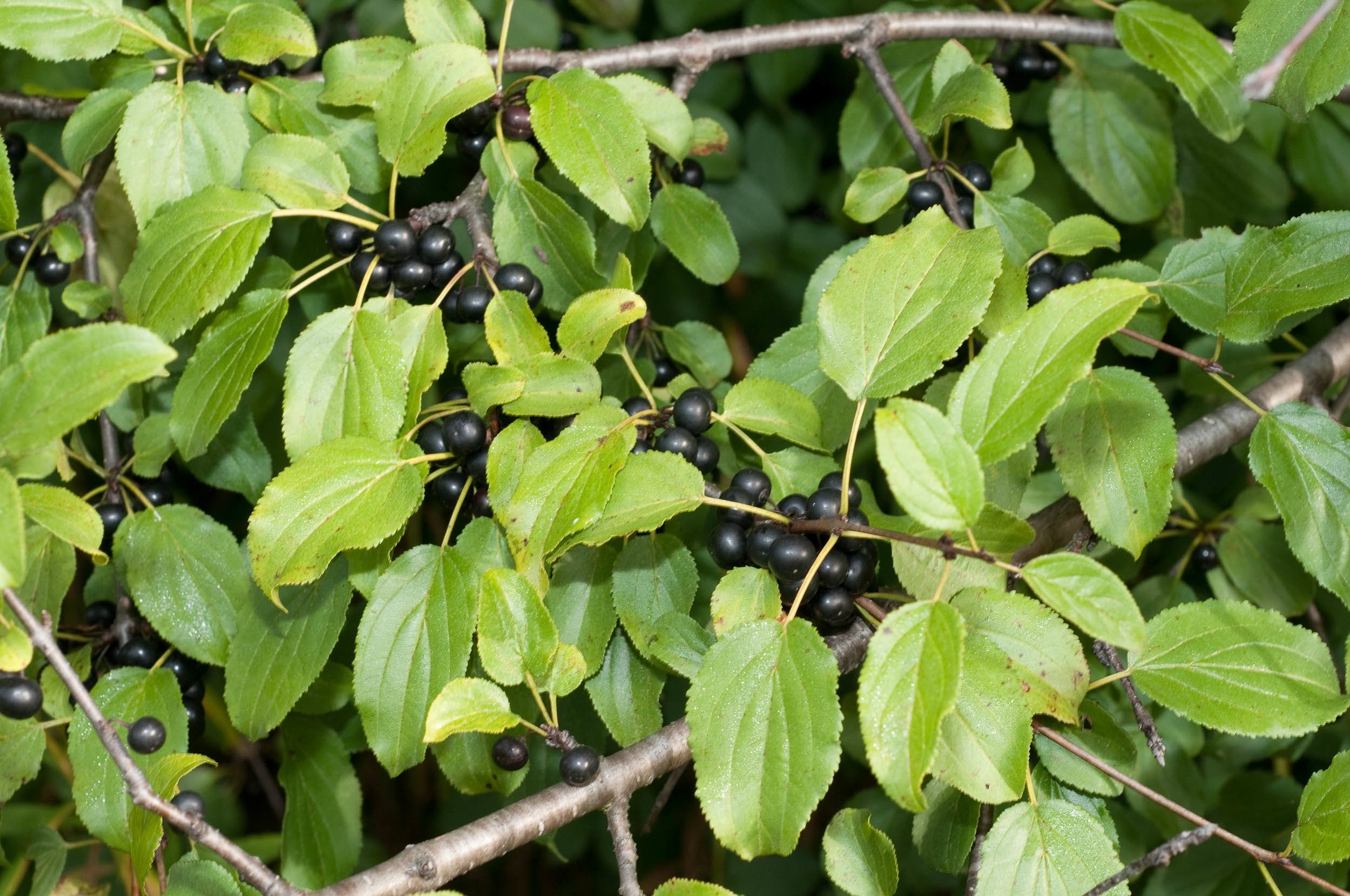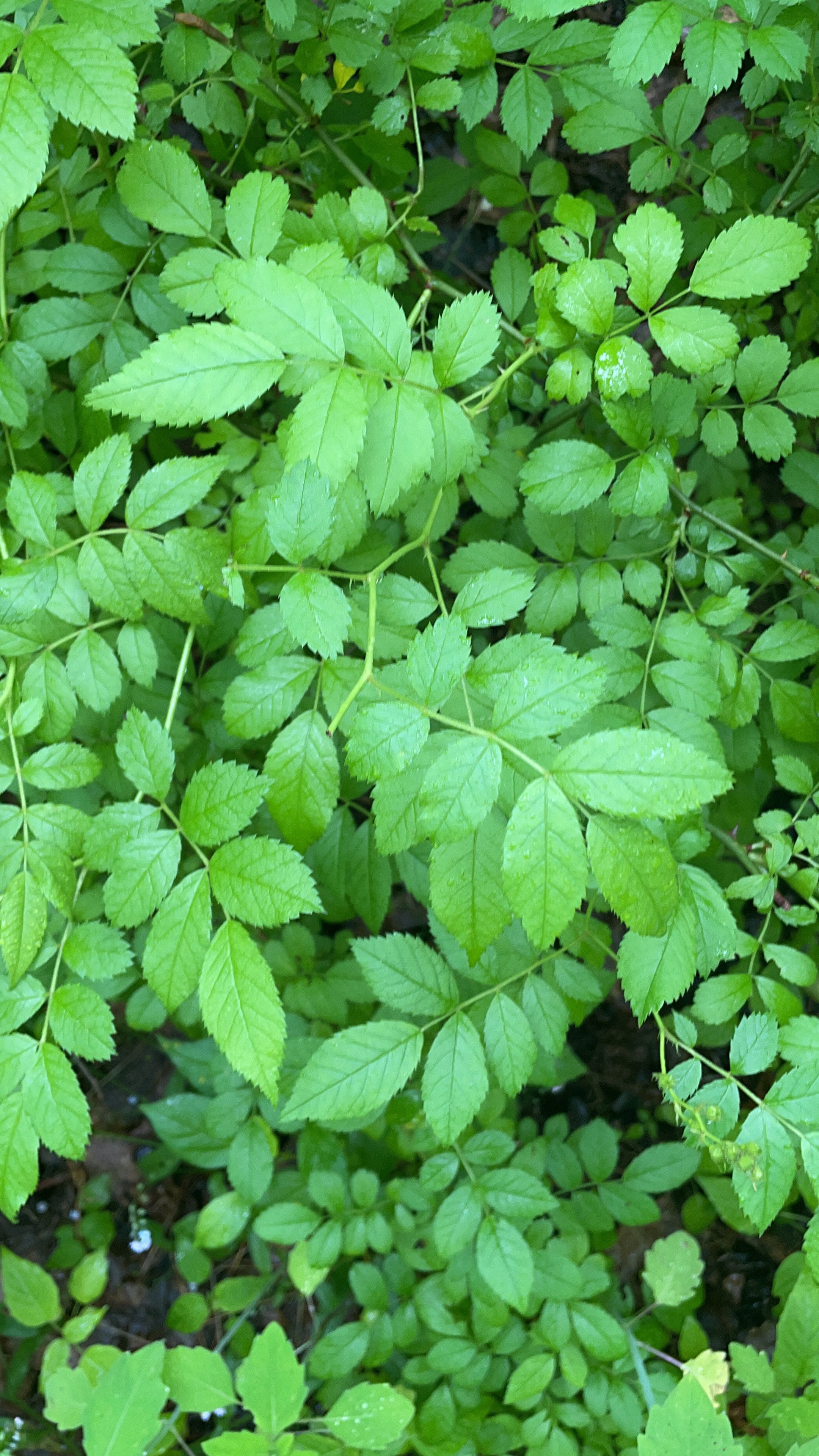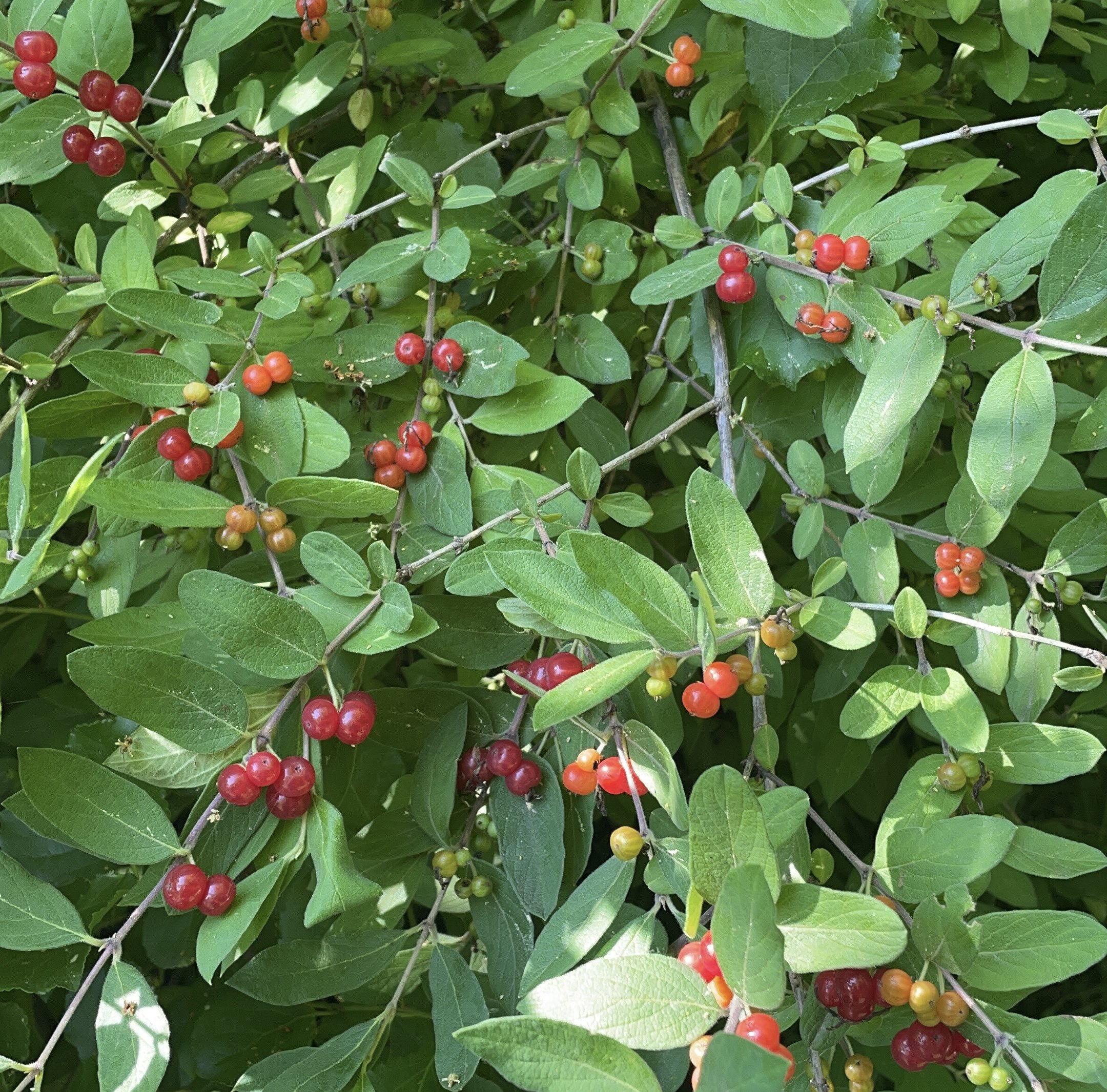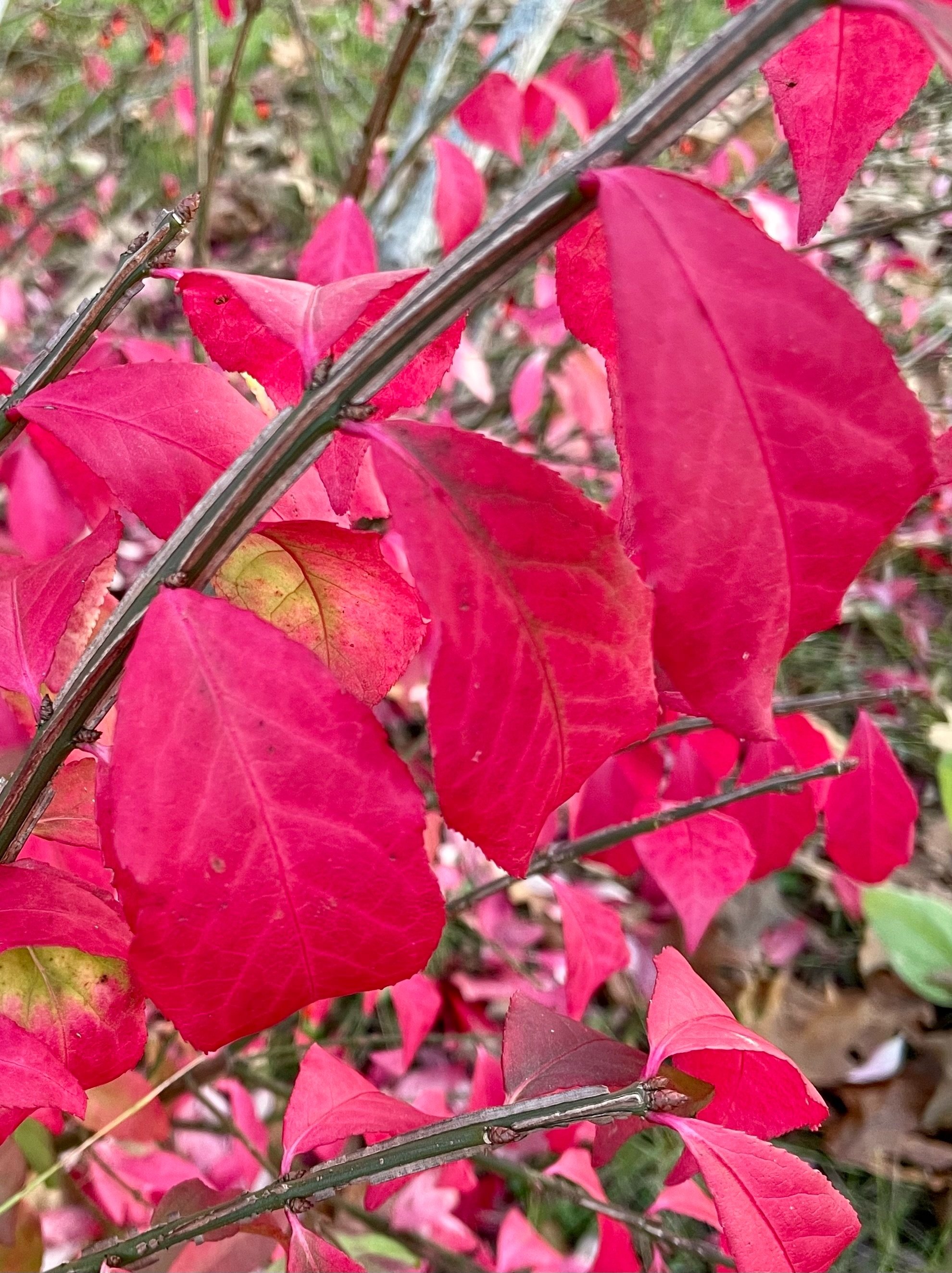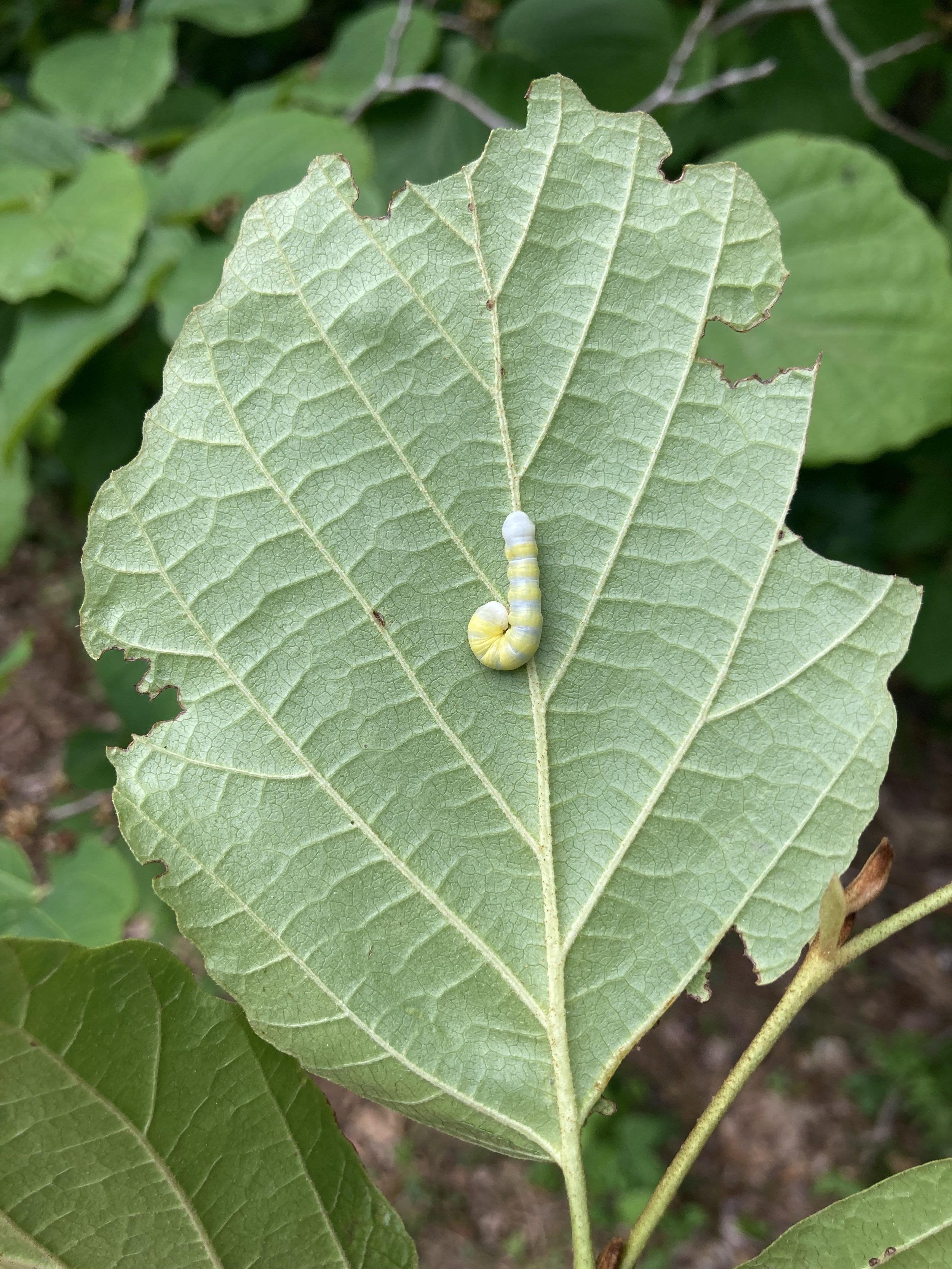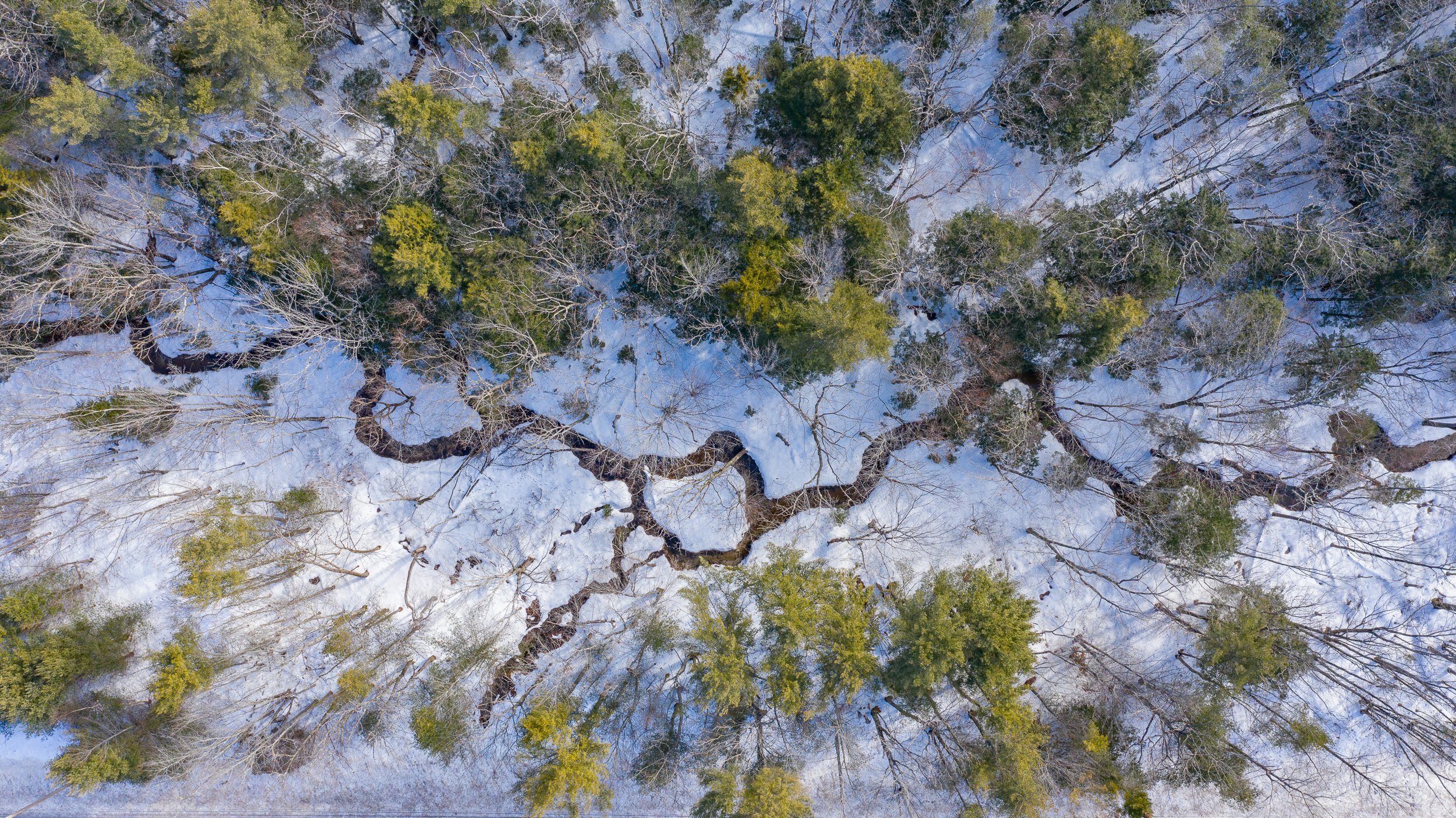
Be a habitat hero - remove invasives and plant natives
Click here to watch FLT’s Executive Director, Mila Plavsic, talk about invasive and native plants in the City of Portland Sustainability Office’s webinar series “Landcare Lunchbreak”
What are invasive plants?
Invasive plants are not native to a particular ecosystem, and their introduction will likely will cause economic or environmental harm or harm to human health. Invasive plants often have large latitudinal ranges, rapid growth rates, and don’t provide adequate nutrition to local insect and bird populations. Invasive plants pose a significant threat to biodiversity worldwide, second only to land loss.
An [invasive plant] does so well in a new place that it drives out plants that have been growing there for centuries. It’s easy for [them] to grow because nothing in their new home eats them (or very few things, anyway.) … The plant can grow and grow and grow. And that’s what it does.
- Nature’s Best Hope, D. Tallamy
Knotweed
Most common Invasive Plants in Falmouth
There are hundreds of invasive plants that are prevalent in Maine, but those most commonly found in Falmouth are Multiflora Rose, Honeysuckle, Buckthorn, Knotweed, Barberry, Bittersweet, and Burning Bush (click each plant name for more information). These invasive plants take root quickly and aggressively, pushing out native plants and decreasing biodiversity in the ecosystems they inhabit. Invasive plant growth has negative impacts on both the native plants and animals that were once prevalent in the region, as plant diversity decreases, and animals large and small are left without familiar vegetation to feed on.
What Is FLT doing to help?
FLT is working hard to control and remove invasive species from land trust properties using multiple techniques including plant removal, stem cutting, and the targeted use of herbicides. Returning native plants to ecosystems is just as critical, both in the fight against invasive growth and in restoring healthy habitats. FLT plants native species seasonally to promote biodiversity on land trust properties. For example, blueberry bushes, Witch Hazel, Viburnums, Spice Bush, and other native shrubs and trees have been planted at Morrill-Stillings Bird Sanctuary and McCrann Preserve.
The sites with native plants had more caterpillars. They also had more species of caterpillars - a greater diversity of caterpillar life. How many more? Ten times more caterpillars living on native plants than on the [invasive plants].
- Example of the biodiversity benefits of native plants from a study discussed in Nature’s Best Hope by D. Tallamy
How can you help?
To change the landscape of Falmouth for the better, it is critical that this work extends beyond FLT properties and into the greater Falmouth community. You can be a “habitat hero” and:
Remove invasive plants: identify the invasive plants in your yard and work to remove them. Use the resources listed below for more information
Plant native plants: Use the native plant finder listed in the resources below to find a native plant that will thrive in your yard
Shrink your lawn: mow less to save time and money and support additional wildlife habitat
Spread the word: share information about invasive and native plants with your friends, neighbors, or homeowners association
What if half of every lawn in the United States was covered with native plants instead of grass - plants that the animals who live there can actually eat? If we did that, we’d create twenty million new acres of land that would be a functioning part of the natural world - feeding animals, creating clean water, pulling carbon out of the atmosphere, building new soil, support life on Earth… We could call our twenty million acres “Homegrown National Park.”
- Nature’s Best Hope, D. Tallamy
Invasive Plant Removal TechNiques
Oftentimes, invasive plants can be removed from the ground entirely if caught at younger stages. This process includes pulling the entire plant when soil conditions are damp. When invasives are too mature to be removed by hand, stem cutting – cutting stems at their base to get to the plant’s center – is a common practice. To kill invasives, stem cutting must occur multiple times seasonally over a few years. Herbicides are also beneficial in the fight against invasives, but must be used carefully to prevent the harm of other native plants and animals. See the resource section below for more detailed information about removal techniques for specific plants.
